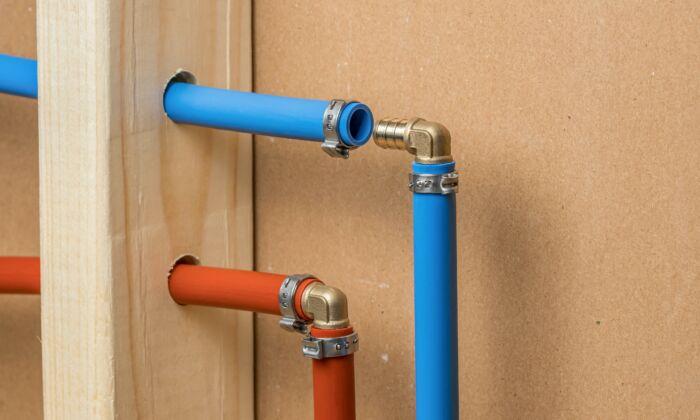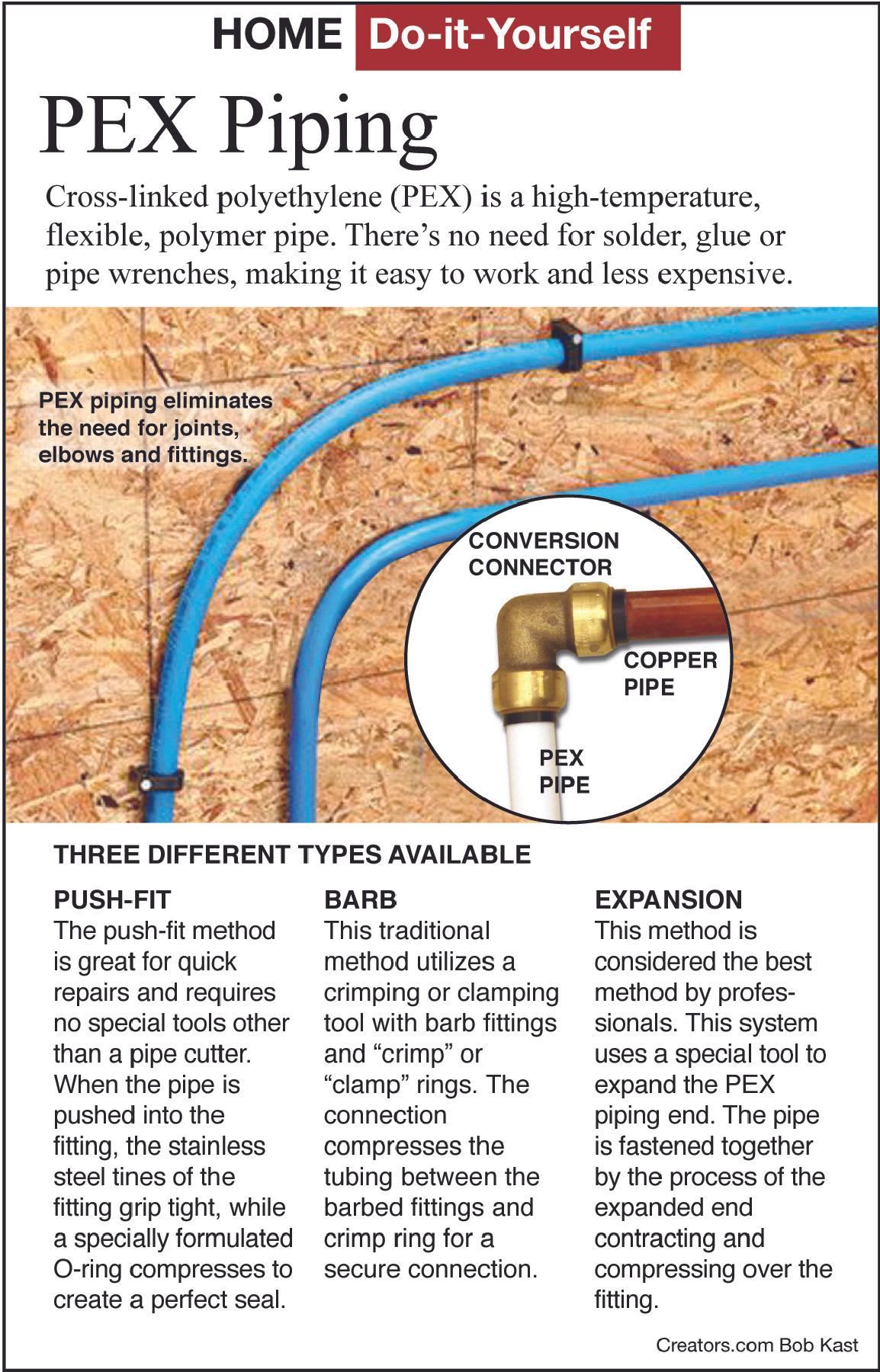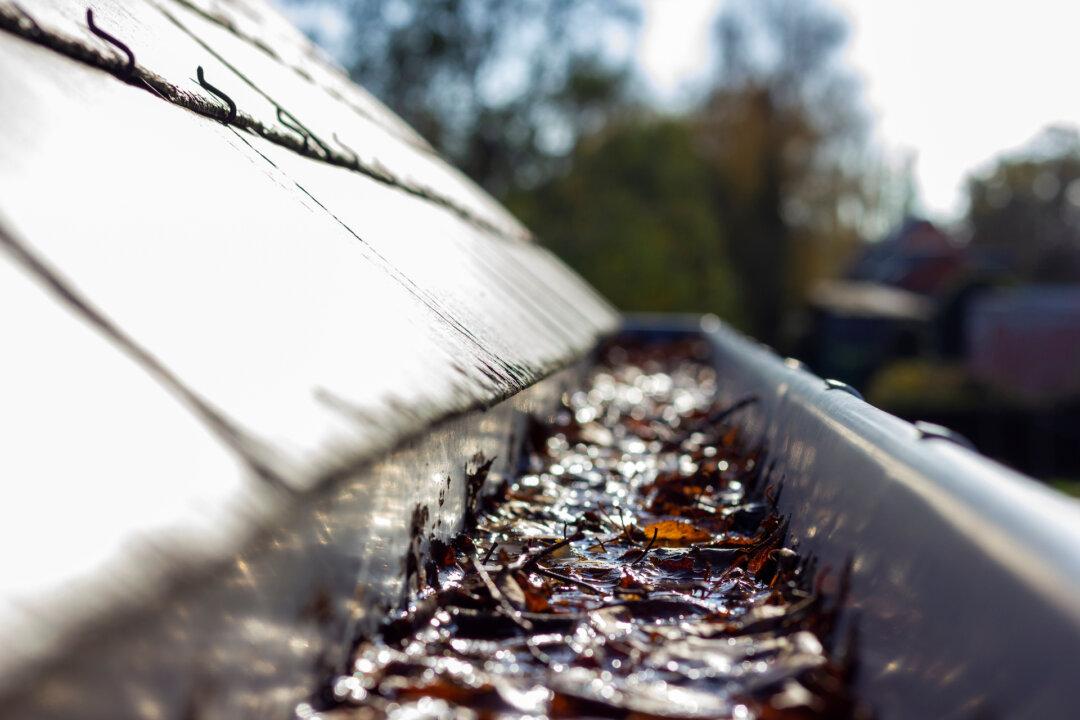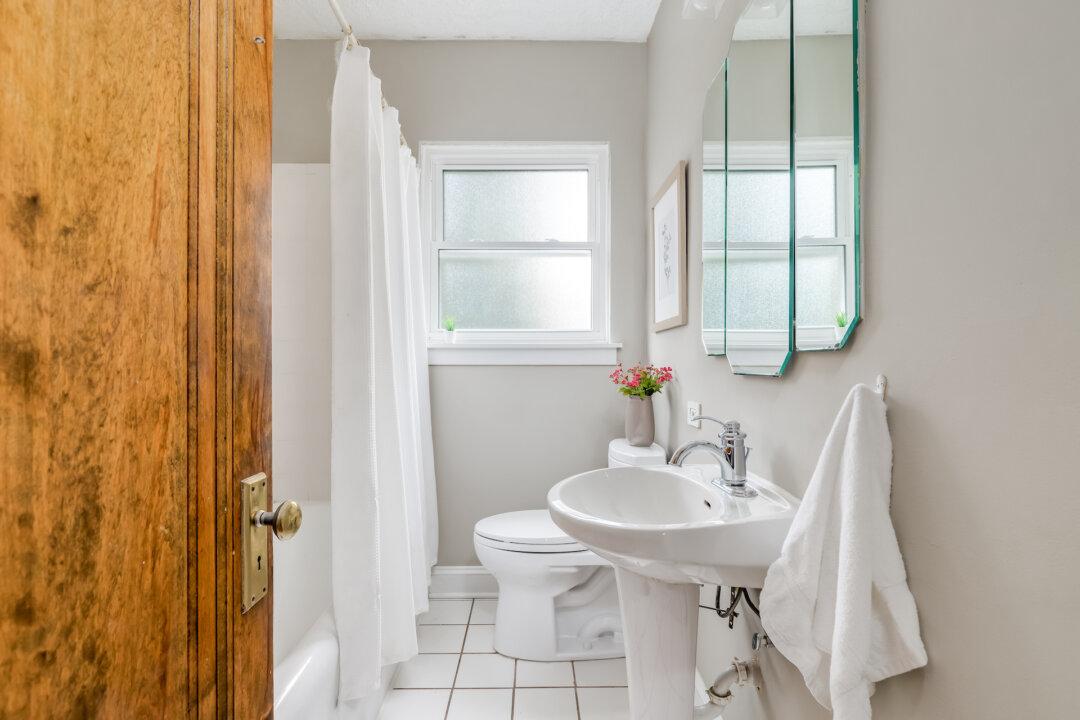Plan both your water and electrical requirements before you begin building materials and knocking holes in walls. Running piping, no matter what type you select, is simple to do before any of the walls are finished. Run extra plumbing in the walls, even if you may not need it now. It can be capped off and easily accessed at a later time by just making a hole in a wall.
Using PEX (cross-linked, high-density polyethylene) is becoming more popular for domestic water systems in the United States. It has been used somewhat longer in Europe, as many new products often are. Copper is still used most often here, but this does require you to have some basic pipe soldering skills.
PEX plumbing has several advantages over traditional types of piping. The most significant advantage, particularly for your remodeling project, is that PEX is flexible. This reduces the number and complexity of joints in a system. Joints are the locations of most leaks in do-it-yourself projects.
Since the PEX tubing is flexible, it is available in long rolls instead of relatively short pieces of various lengths, as is rigid plastic pipe. If you need a run that is 25 feet long with several bends, you can make it from a simple piece of PEX without any fittings other than at the ends.
There are three basic types of connection fittings used with PEX tubing. A “push-fit” fitting is the easiest to use and is a favorite for most do-it-yourselfers. It is ideal for attaching the new PEX plumbing to your existing copper pipe without using heat and solder.
Use a tubing cutter to make a clean square cut on the end of the PEX tubing. This works better and is safer than using a utility knife. Insert a support sleeve into the PEX so it does not crush. Slide the end of the PEX into one end of the fitting. Slide the other end of the fitting over the copper pipe. Push the pieces firmly together for a good seal. You can also use this type of fitting to connect two pieces of PEX.
A “clamp-ring” fitting is another effective connection method. It is ideal for connecting the PEX to either copper or threaded iron pipe. If you are attaching it to a copper pipe, the fitting will first have to be soldered to the pipe. A male end of the fitting slides inside the PEX tubing. Using a special clamping tool, a metal ring is crimped around the PEX.
You may also need to use some “in-line” fittings when connecting two pieces of PEX together. This fitting has two male ends, which slide into the PEX ends. A metal ring is crimped over the PEX to clamp it to the fitting.






